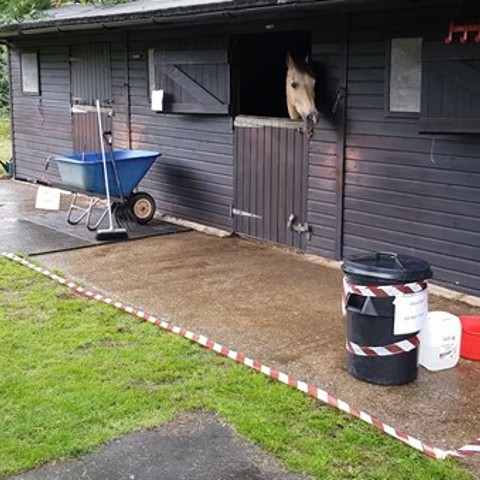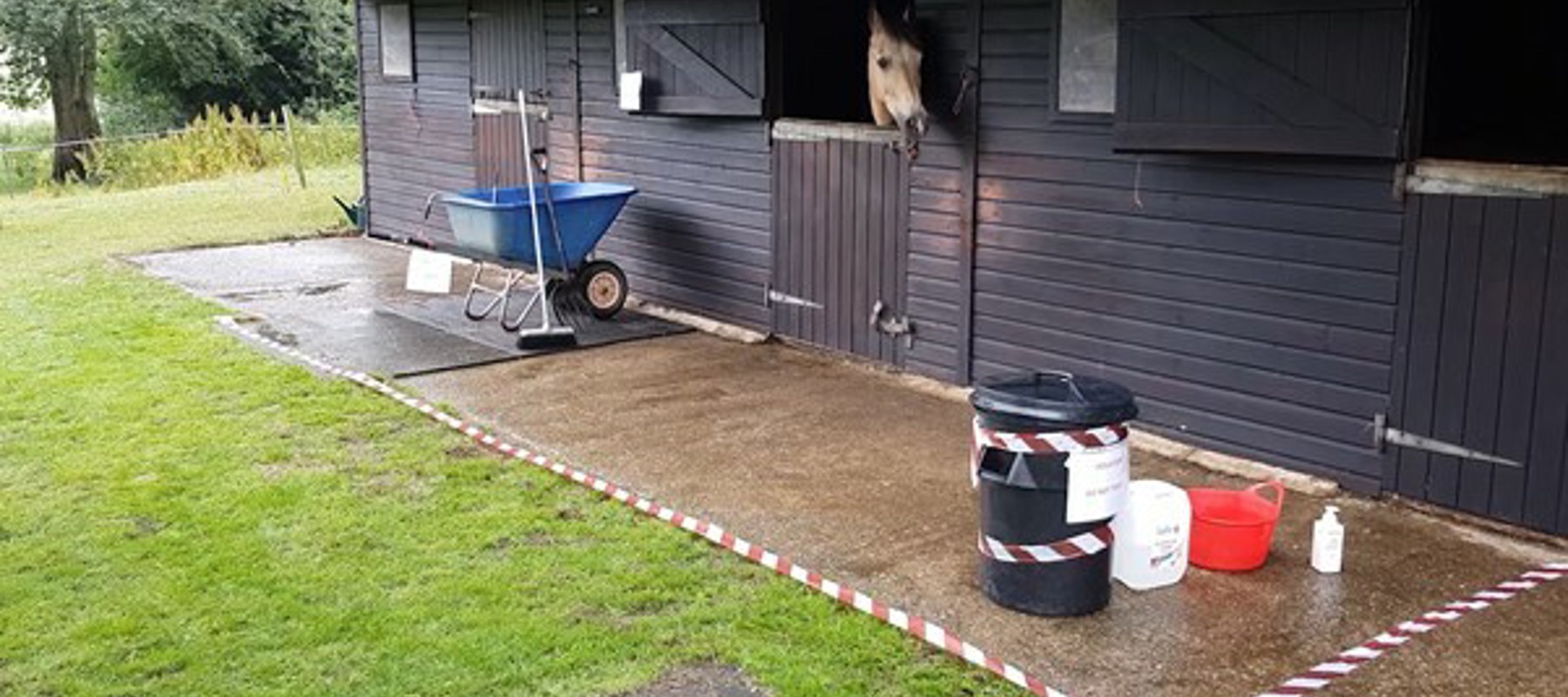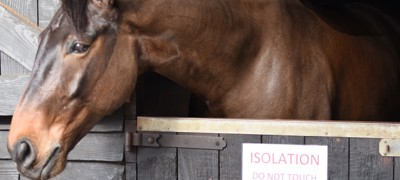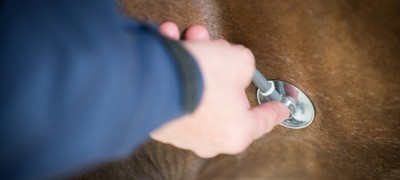What to do when you first suspect a horse is infected
If you’re concerned that a horse has been exposed to a contagious disease, has a high temperature or is showing signs of illness, you should immediately:
- Isolate them, contact your vet and notify your yard manager
- Set up a designated, isolated area to warn people not to go near or touch the horse
- Closely monitor the horse including:
- How much they’re eating and drinking
- Their temperature
- Number and consistency of droppings and able to pass urine as normal
- Signs of coughing and nasal discharge
- Are they lethargic or irritable?

Speak out!
Speaking out is a vital part of a proactive response to help prevent further disease spread and promote good practices on the yard. If you’ve any reason to suspect a horse may have or has been confirmed with a contagious disease, act immediately and warn other yards in your area along with any visitors to your yard, for example a farrier. We should commend and support those yards who take this action.
What to do once there's a confirmed case
Ideally your yard will have a biosecurity plan in place both for day-to-day and in the event of disease outbreak. Make sure that all attendees to the yard follow these procedures. In the event of a disease outbreak, discuss the plan with your vet, or if there isn’t one already prepared, your vet will be able to advise.
Using a traffic light system is a way to separate horses into colour-coded groups based on the likelihood they’ve been exposed to the disease. This helps to minimise the spread of disease and also helps you to make sure individual horses are monitored appropriately.




